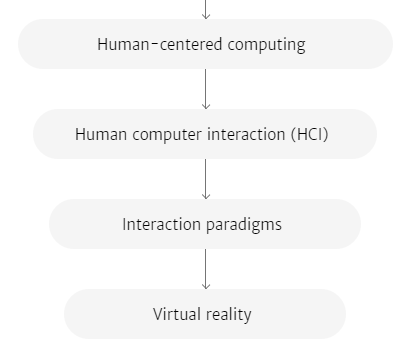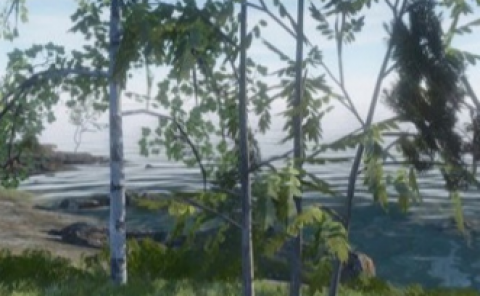Boundaries facilitate spatial orientation in virtual environments
PubDate: November 2021
Teams: Iowa State University
Writers: Jonathan W. Kelly;Jason Terrill;Moriah Zimmerman;Taylor A. Doty;Lucia A. Cherep;Melynda T. Hoover;Nicole R. Powell;Owen J. Perrin;Stephen B. Gilbert
PDF: Boundaries facilitate spatial orientation in virtual environments

Abstract
Teleporting is a popular interface for locomotion through virtual environments (VEs). However, teleporting can cause disorientation. Spatial boundaries, such as room walls, are effective cues for reducing disorientation. This experiment explored the characteristics that make a boundary effective. All boundaries tested reduced disorientation, and boundaries representing navigational barriers (e.g., a fence) were no more effective than those defined only by texture changes (e.g., flooring transition). The findings indicate that boundaries need not be navigational barriers to reduce disorientation, giving VE designers greater flexibility in the spatial cues to include.


